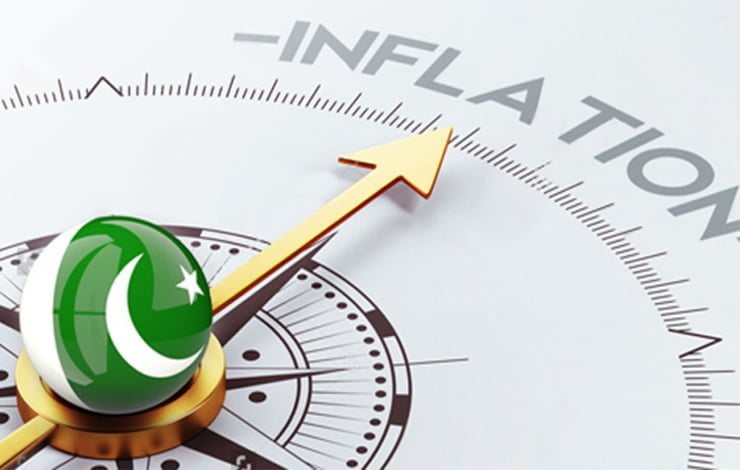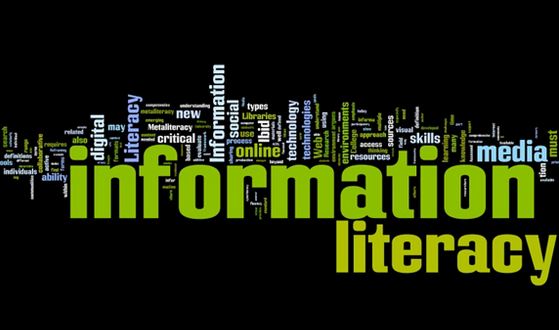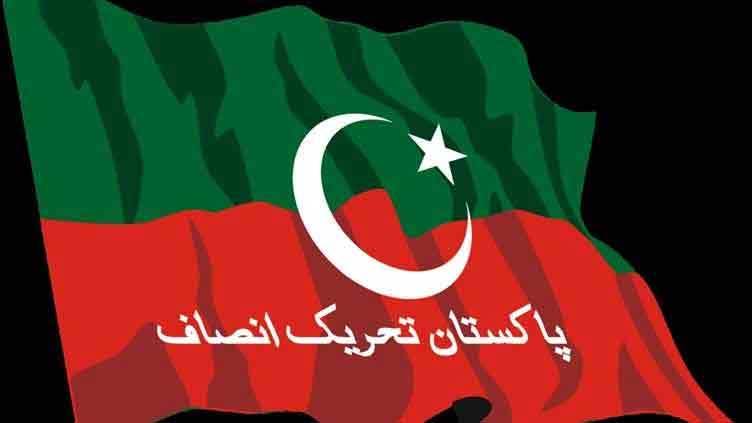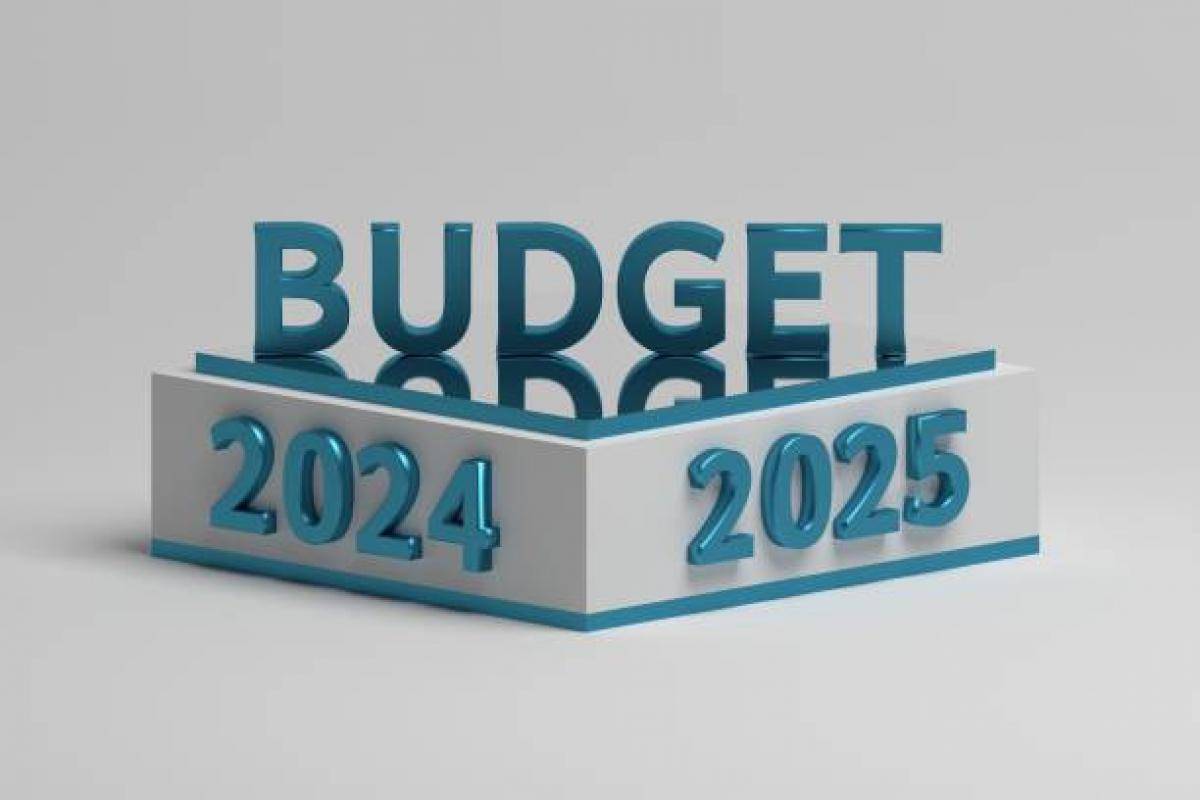Zafar Iqbal
Inflation, in its simplest form, is the sustained rise in the general price level of goods and services in an economy over time. It translates to a decrease in the purchasing power of your money, meaning you could buy fewer goods and services with the same amount of money compared to the previous year.
Causes of Inflation:
Several factors can trigger inflation, often intertwined and acting in concert. Here are some key culprits:
- Excess Money Supply: When the central bank prints more money or lends more credit than the economy needs, it leads to an oversupply of money chasing the same amount of goods and services. This excess demand pushes prices up, causing inflation.
- Rising Production Costs: Increased costs of raw materials, labor, energy, and transportation can trickle down to final product prices, contributing to inflation. This “cost-push” inflation can occur due to global factors like commodity price surges or local inefficiencies in production and distribution.
- Demand Outpacing Supply: When consumer demand for goods and services exceeds the available supply, producers can raise prices to meet this demand, leading to inflation. This often happens during economic booms or periods of high disposable income.
- Exchange Rate Fluctuations: A depreciating currency against foreign currencies makes imported goods more expensive, translating to higher prices for consumers and contributing to inflation. Conversely, a rapidly appreciating currency can hurt exports and stall economic growth, also triggering inflation in some cases.
- Government Policies: Certain government policies, like price controls or excessive deficit spending, can distort market mechanisms and contribute to inflation. Moreover, taxes and regulations that increase production costs can also exert upward pressure on prices.
Controlling Inflation: A Balancing Act
There’s no single magic bullet to control inflation, and different approaches have varying degrees of effectiveness depending on the underlying causes. Here are some key policy options:
- Monetary Policy: Central banks play a crucial role by manipulating interest rates and money supply. Raising interest rates discourages borrowing and spending, reducing excess demand and tempering inflation. Conversely, lowering interest rates can stimulate economic activity during periods of low inflation or recession.
- Fiscal Policy: The government can adjust its spending and tax policies to influence inflation. Reducing government spending and enacting targeted taxes can decrease the money supply in circulation and dampen demand-driven inflation. However, drastic cuts in spending can also hinder economic growth, requiring careful calibration.
- Supply-Side Strategies: Investing in infrastructure, education, and technology can boost productivity and efficiency, thereby increasing the supply of goods and services. This helps contain inflation by addressing cost-push pressures and mitigating shortages.
- Exchange Rate Management: Central banks can intervene in the foreign exchange market to influence the value of the currency. Stabilizing the exchange rate can help control imported inflation and promote export competitiveness. However, excessive market intervention can distort trade patterns and create new economic imbalances.
- Income Policy: In rare cases, governments may resort to temporary wage and price controls to directly suppress inflation. However, these measures can often lead to inefficiencies, distortions, and black markets, making them a challenging and controversial tool.
The Importance of Context and Balance:
The effectiveness of any inflation control strategy depends on the specific economic context and the dominant inflation drivers. A one-size-fits-all approach can be counterproductive, and policymakers need to carefully consider the potential trade-offs and unintended consequences of each intervention. For example, an aggressive tightening of monetary policy can slow down economic growth and increase unemployment, while excessive fiscal austerity can stifle demand and hurt businesses.
Ultimately, controlling inflation requires a balanced and coordinated approach that addresses the underlying causes while minimizing any negative side effects. This can be a complex and delicate task, demanding constant monitoring, adjustments, and collaboration between central banks, governments, and other stakeholders.
Remember, inflation is a complex phenomenon with multiple contributing factors, and tackling it effectively requires a nuanced understanding of these causes and a careful application of various policy tools.
Pakistan has been grappling with high inflation for over a year now. In December 2023, consumer prices were 29.7% higher compared to December 2022, and every month for more than a year, the year-on-year inflation rate has been above 20%. While there was some positive news in the recent inflation data, with prices rising only 0.8% over November, much work remains to be done to bring inflation under control.
Understanding the Root Cause: Excess Money Supply
To understand Pakistan’s inflation problem, we can imagine a simple economy with three sellers each selling a food packet and three buyers, each given Rs100 by the government. In this scenario, each food packet would logically sell for Rs100. Now, if the international price of these food packets is one dollar, the exchange rate would be one dollar to Rs100.
If the government were to double the amount of money it gives to each buyer, to Rs200, while keeping the number of food packets the same, the price of each packet would also double, to Rs200. This is because there is now twice as much money chasing the same amount of goods. To put it simply, printing more money without increasing the production of goods leads to inflation.
Pakistan’s Budget Deficit and Money Supply
This is precisely what has been happening in Pakistan. In recent years, the government’s budget deficit has ballooned. To finance this deficit, the government has been borrowing heavily from the central bank, which has led to an increase in the money supply. As more rupees chase the same amount of goods, prices have risen.
The Role of Interest Rates
The State Bank of Pakistan (SBP) has been raising interest rates in an attempt to curb inflation by reducing borrowing and spending. This policy has been successful in slowing down private sector borrowing, but unfortunately, the government has not been able to reduce its own borrowing in response to higher interest rates. This has continued to put upward pressure on the money supply and inflation.
Investing in Human Capital and Productivity
While controlling the budget deficit and managing the money supply are crucial to reducing inflation, long-term growth requires investments in human capital and increasing the country’s productive capacity. Pakistan has a long way to go in this regard. A significant portion of the population lacks basic education and skills, which hinders economic growth and productivity.
Maintaining a Flexible Exchange Rate
Finally, it is important to maintain a flexible, market-driven exchange rate. When the government artificially keeps the rupee’s value high by selling dollars in the interbank market, it discourages exports and encourages imports, further widening the current account deficit. A flexible exchange rate allows exports to become more competitive and helps to balance the current account.
Conclusion: No Magic Solutions, but a Path Forward
There are no quick fixes to Pakistan’s economic problems. The country is poor and faces significant challenges, but there is a path forward. Reducing the budget deficit, investing in education and skills development, and maintaining a flexible exchange rate are crucial steps towards building a more stable and prosperous Pakistan. By pursuing sound economic policies and investing in its people, Pakistan can break the cycle of high inflation and lay the foundation for sustainable long-term growth.
Please, subscribe to the YouTube channel of republicpolicy.com

















































